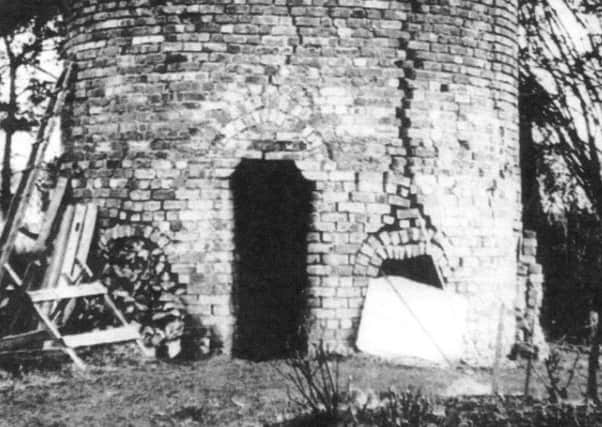Ian Scott: Amazing articles that poured from potteries


Two centres stood out from the rest: Dunmore and Bo’ness, where the famous entrepreneur Dr John Roebuck of Carron Company fame began manufacturing plain ‘‘white ware’’ in 1787 using clay imported from England. Before long decorated plates, punch bowls, jugs and ornaments in browns and blues were pouring from the Bo’ness pottery where 40 workers were employed by the late 1700s. Thereafter the works changed hands several times but continued to prosper throughout the 19th century as Jamieson’s and then Marshall’s. Unfortunately in 1898 a floor collapse destroyed a huge amount of valuable stock and brought financial ruin and closure. However, it was not the end of potting in the Bo’ness area. A decade earlier Charles McNay had opened a new factory in Bridgeness and it continued to operate very successfully producing much of the same kind of material until the 1950s. Over in Dunmore, the Gardner family had been making simple domestic ware since the late 1700s using local clay but it was not until Peter Gardner succeeded his father in 1866 that the art pottery there was born. Peter probably learned his decorative skills while working in the Alloa pottery and on his return to Dunmore he started to import special clays from Dorset which allowed for finer quality work. He began to turn out an amazing range of articles – rose bowls, vases, jugs, teapots, tankards, busts, decorated plates and plaques and animal ornaments in what became the typical brown and green colour schemes with a highly glazed translucent finish. This ‘‘majolica’’ ware soon attracted local attention including Peter’s aristocratic landlords, the Murrays of Dunmore Park. Scottish peers had for generations married into the English upper class and it was not long before the great houses of England were displaying gifts of Dunmore pottery and orders flowed north from dukes, earls and even royalty. The Prince of Wales, later Edward VII, was a regular visitor to his friends the Murrays and items of Dunmore ware returned south to Buckingham Palace and other royal residences. Lady Murray was so interested in the work that she designed several items herself which Gardner was glad to add to his product list – he certainly knew on what side his bread was buttered. In 1886 Peter Gardner’s creations were displayed at the great exhibition in Edinburgh attended by Queen Victoria who purchased a number of items and, a couple of years later, it was London’s turn with the English dealers flocking to order the famous Dunmore frogs, pigs, snakes, toads and owls which still fetch high prices today among collectors. Dunmore was at the peak of its power in the 1890s but after Peter’s death in 1902 there was a steady decline in the quality of the output which led eventually to closure after the First World War. There is nothing left of the kilns, demolished in the late 1970s, or the manager’s house which operated as a restaurant for a time. But the beautiful items in private collections and museums are a reminder of the skills of the Dunmore craftsmen and the enduring genius of Peter Gardner, widely recognised as one of the most influential and innovative ceramic artists in Britain. Callendar House has an excellent collection of his works on display and worth a visit.